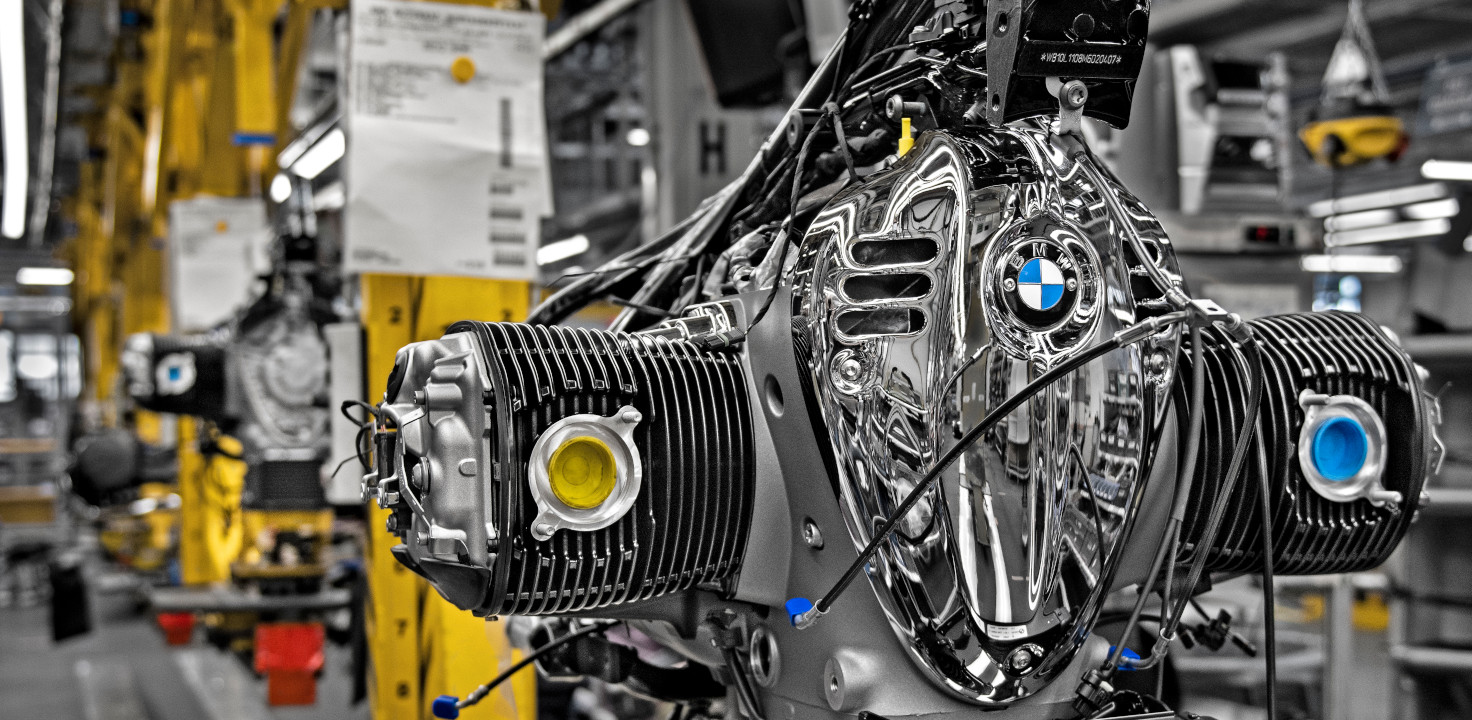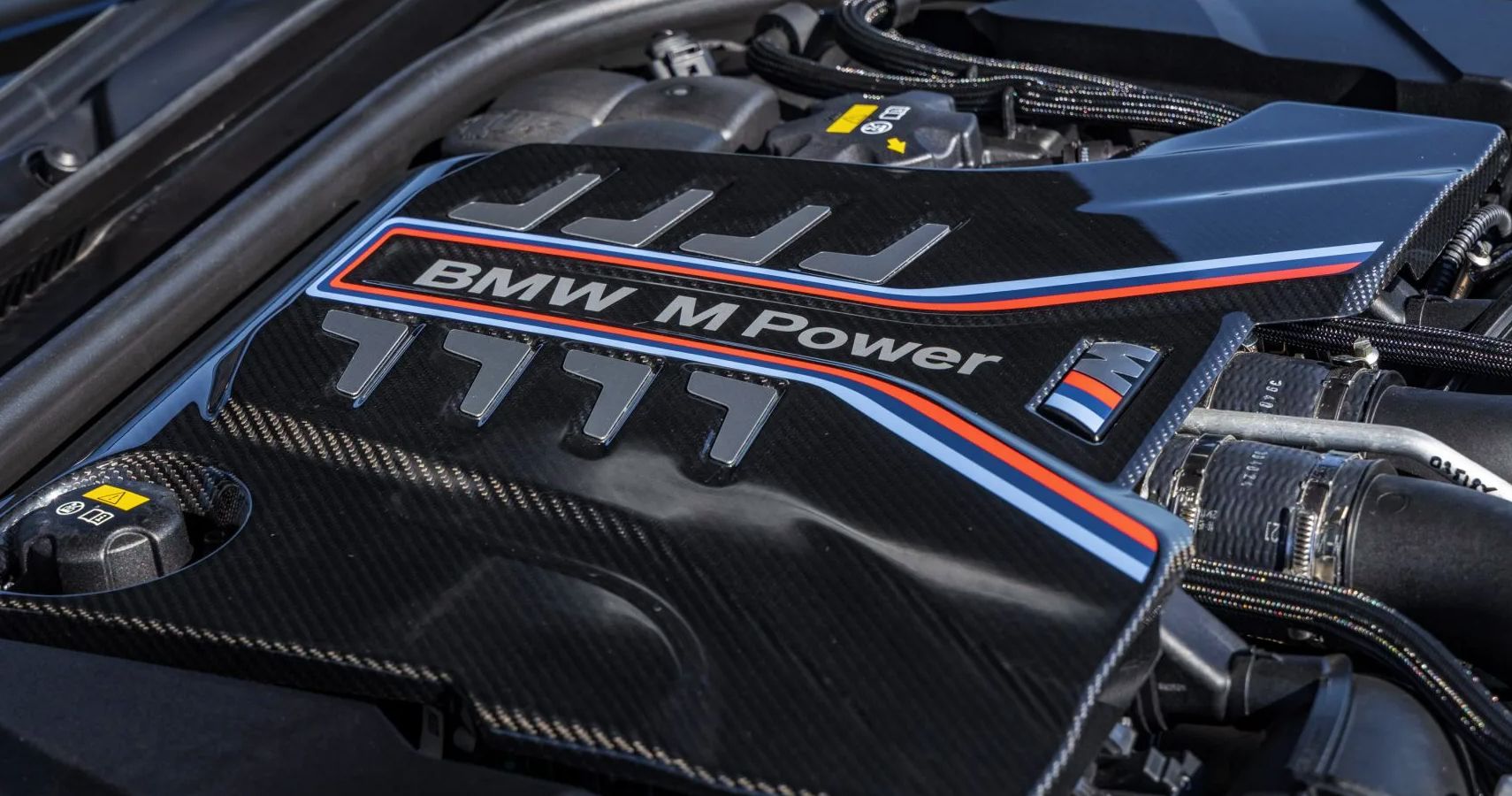The Evolution of the BMW Engine: A Recall at Iconic Versions
The Evolution of the BMW Engine: A Recall at Iconic Versions
Blog Article
Checking Out the Development of Burning Engines in Modern Transportation Equipments
As we browse the landscape of modern-day transportation, the development of combustion engines stands as a testament to human ingenuity and design prowess. From their humble beginnings to the innovative giants pushing automobiles today, combustion engines have actually gone through an exceptional journey of innovation and adjustment. Understanding the ins and outs of this advancement not only clarifies the past but additionally leads the method for picturing what lies in advance in the realm of transportation innovation. The interaction of background, modern technology, and environmental problems in shaping the trajectory of combustion engines produces a narrative that is both insightful and compelling.
Early Beginnings of Combustion Engines
Exactly how did the idea of burning engines first emerge in the early stages of transportation development? The roots of combustion engines can be mapped back to the 17th century when the concepts of interior burning were very first checked out.
The advancement minute came with the invention of the initial successful gasoline-powered engine by Karl Benz in 1885 - bmw engine. This engine led the way for the growth of the modern-day car, changing transport systems worldwide. Subsequent advancements by Nikolaus Otto and Gottlieb Daimler better refined combustion engine modern technology, bring about the mass production of vehicles and the fast growth of the transport sector
These early combustion engines were defined by their simpleness and efficiency, laying the foundation for the complicated and effective engines used in modern transportation systems. The development of burning engines has contributed in forming the way we travel and transfer items, marking a substantial milestone in the background of transport development.
Shift to Internal Burning Innovation
The change to interior burning technology noted a critical shift in the evolution of transport systems. This shift started in the late 19th century, with innovators like Nikolaus Otto and Gottlieb Daimler establishing the first successful internal burning engines. These engines changed transportation by offering an extra effective and powerful option to vapor engines and electrical motors.
Among the key benefits of inner burning engines was their capacity to be reduced to suit lorries, resulting in the advancement of vehicles and motorcycles. This change from bulky, fixed engines to compact, mobile ones led the way for the modern-day transportation systems we see today.
The shift to interior combustion innovation additionally spurred developments in gas technology, leading to the development of fuel and diesel as key fuel resources for cars. This change not only made transport much more accessible to the masses however also laid the foundation for the oil and gas industry to come to be important to worldwide economies.
Influence of Combustion Engines on Transport
The fostering of burning engines in transport systems catalyzed an extensive shift in the performance and rate of global flexibility. Combustion engines transformed transportation by providing a versatile and reputable source of power for various automobiles, including autos, vehicles, planes, and ships. This development significantly enhanced the capability for items and people to conform fars away in much shorter period, resulting in boosted connectivity between areas and countries.
Moreover, the extensive use of combustion engines has actually had a significant influence on financial development. The capability to transfer products successfully has actually stimulated trade and commerce, enabling services to expand their markets and reach customers worldwide. This has actually helped with financial growth and globalization, as items can now be transported much faster and in larger quantities than in the past.
Nevertheless, the ecological effect of combustion engines can not be forgotten. The burning of nonrenewable fuel sources has actually led to air pollution and greenhouse gas discharges, adding to environment change and positioning health and wellness threats to populations. bmw engine. Therefore, there is a growing view publisher site focus on establishing alternate propulsion innovations to mitigate these unfavorable impacts and produce a much more sustainable future for transportation
Innovations in Combustion Engine Layout
Various advancements in combustion engine style have actually pushed the evolution of transport systems over the decades. One notable advancement is the growth of turbocharged engines, which utilize exhaust gases to drive a generator that presses incoming air, allowing for even more gas to be burnt, leading to increased power output without a considerable rise in engine size. Furthermore, straight shot technology has enhanced fuel effectiveness and performance by specifically managing the quantity and timing of gas infused right into the combustion chamber. Variable shutoff timing systems have actually likewise reinvented engine design by optimizing airflow at different engine rates, improving both power and effectiveness. One more significant innovation is the integration of light-weight products such as carbon fiber and light weight aluminum alloys, minimizing overall engine weight and boosting vehicle fuel economic climate. Advancements in computer-aided design have actually made it possible for designers to maximize engine performance and effectiveness via simulations prior to physical models are built, saving time and resources in the development procedure. These technologies collectively add to the continuous improvement of combustion engines in modern transport systems.
Future Patterns in Combustion Engine Development
With technology developments driving constant advancement, the future of burning engine development is poised to change transportation systems around the world. One of the essential fads in combustion engine advancement is the push towards higher performance and reduced discharges.
One more noticeable fad is the fostering of hybrid innovations in burning engines. Hybrid engines combine conventional combustion modern technology with electric power, offering boosted gas effectiveness and lower discharges. As the automobile industry changes towards electrification, crossbreed combustion engines are seen as a transitional remedy that bridges the space in between traditional automobiles and fully electric ones.
Additionally, the assimilation of clever innovations, such as man-made intelligence and data analytics, is anticipated to play a significant role in the future of burning engine advancement. These technologies can maximize engine efficiency in real-time, leading to extra efficient burning procedures and boosted total lorry efficiency. Welcoming these future trends will certainly not just drive innovation in burning engine growth however also add to a much more sustainable and eco-friendly transport environment.

Conclusion
Finally, the development of burning engines in modern-day transport systems has been marked by substantial advancements in innovation and design. From the early beginnings official site of combustion engines to the shift useful reference to inner burning modern technology, these engines have had an extensive influence on transport. Developments in combustion engine design continue to drive development in this field, with future fads focusing on further enhancing effectiveness and decreasing emissions. The future of burning engines in transportation looks promising as r & d initiatives remain to push limits.
The roots of combustion engines can be traced back to the 17th century when the principles of internal burning were first explored. These engines revolutionized transport by supplying a more efficient and powerful choice to vapor engines and electric motors.

Report this page